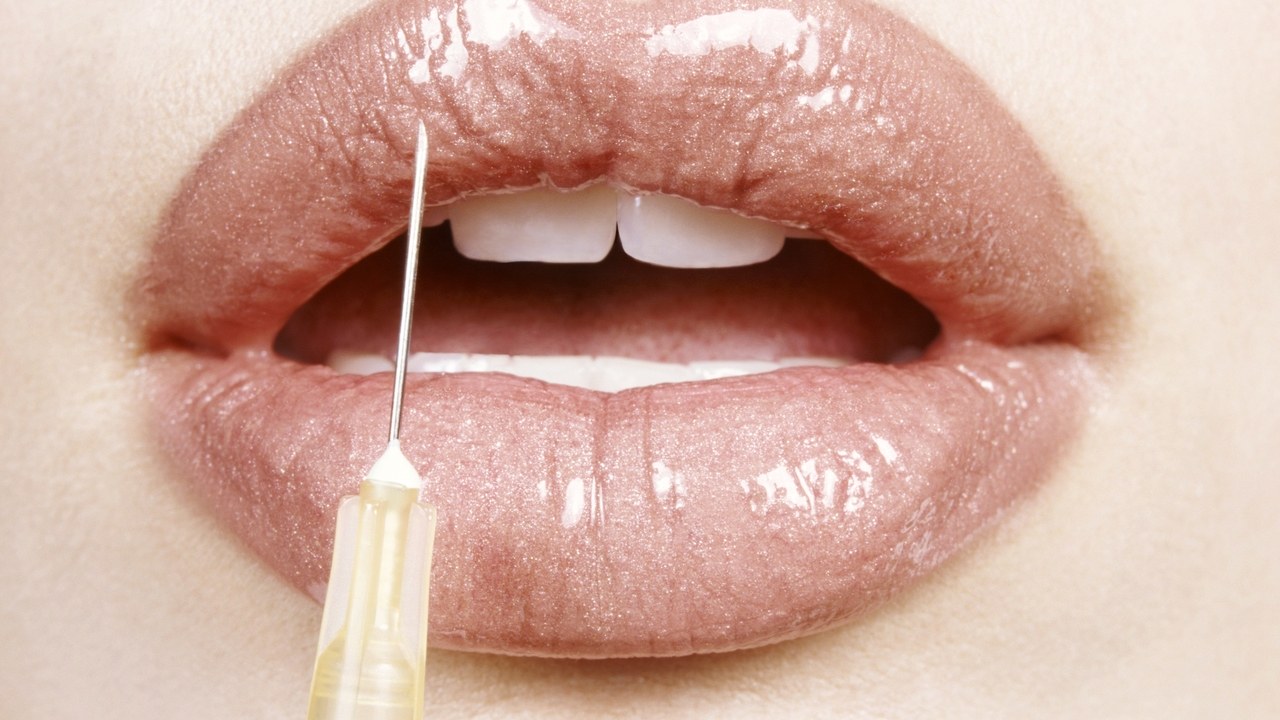Dermal Fillers: Your Ultimate Guide to the Types of Injectibles

Ultimately, if it sounds too affordable to be legitimate, it probably is. If in doubt, get a quote from several clinics near you. Dr. Golueke warns against injecting products without being able to trust exactly where they came from. “There’s a black market for Botox and fillers, so people get Botox and fillers which look like the original product, but they are fake,” he says. We’ve already seen the many deals floating around online, but this is one case where you should definitely stick to reputable professionals. You just don’t want to risk it.
“Board-certified dermatologists and plastic surgeons are the only providers fully trained and qualified to administer injectables,” cautions dermatologist Dr. Jessica Weiser. “It’s always appropriate for a patient to ask the provider what their training and qualifications are for providing the suggested treatments.”
The consultation should cover a few key things.
We’ve all seen cases of objectively bad injectables. Beyond going to a board-certified expert, it’s always a good idea to make sure you and your derm (or surgeon) are on the same page about what you’re trying to achieve. And in some cases, you might be told that what you’re trying to achieve isn’t possible. While you can do a lot with injectables, they still need to work with the proportions of your features and it’s possible to over-enhance them. Dr. Weiser recommends going for a gradual approach and adding more if needed.
Dr. Golueke adds that you should also feel comfortable about changing your mind. “If you’re unsure, no real, serious doctor would mind if said you needed to think about it,” he says. “If you don’t feel like doing it, don’t do it.” If you do, make sure you take this time to get any remaining questions or concerns addressed. “The doctor may ask you if you have had any adverse reactions to past injections, how long ago the last injection was, if you are taking any medications—those are all important,” he says.
Smoothing wrinkles is just one of many options.
People typically think of injectables as a treatment for wrinkles and fine lines, but there are many other reasons why someone might get them. Dr. Weiser tells us that her most frequent requests used to come from women, typically ages 40 and over. Now, she’s seeing a dramatic increase in their use in patients from 20 to 40 years old, “primarily neuromodulators to reduce lines, but also dermal fillers to soften under-eye hollows, lift cheekbones, and enhance lips.”
You may have heard the phrase “off-label” before, which Dr. Weiser defines as “using products for unapproved indications.” Injectables go through clinical trials for safety, but they’re not technically approved for their full range of popular uses. For instance, the brand Botox is the only neuromodulator approved for use in your forehead and around your eyes, but brands like Dysport and Xeomin are routinely used there, too. Off-label uses for neuromodulators include injecting them into the masseter muscle at the back of your jaw (to lessen clenching and narrow your lower face), on neck bands (to relax them), and in the central jaw (to keep the corners of your mouth from pulling down).
Filler has even more uses. Dr. Weiser sees the most requests around the midface (to define and raise cheekbones), along the nasolabial folds (to soften frown lines), and in lips (to plump them or just to smooth the surface). “Many off-label uses include the hollow under the eyes, the temples, the jawline, and liquid rhinoplasty to finesse the appearance of the nose,” she adds.
In comparison, Kybella is pretty straightforward. It’s approved on-label for melting excess fat under your chin, but derms may also use it off-label in other “small stubborn pockets of fat.”
Pain is usually “minimal.”
Whenever we’ve brought up the topic in the past, we’ve seen many people flinch at the idea of a huge needle approaching their faces. It can be disconcerting, but it shouldn’t hurt. Dr. Weiser classifies the feeling as “minimal pain.” Dr. Golueke likens the feeling of neuromodulators to “a pinch, similar to when your blood is taken.” Dermal fillers are a step up, but your derm or surgeon will offer a numbing cream before treatment to reduce the insertion pain. Your doctor might also cool the area. According to Dr. Golueke, the two more painful filler areas on the face are the nasolabial fold and the lips. As for Kybella injections, Dr. Weiser says they will sting intensely, but that can be lessened with lidocaine injections and ice packs.
Recovery time is relatively short.
There’s a reason so many patients opt for minimally invasive treatments; they offer fast results and very little downtime. If you get Botox, you might see small pink dots immediately after treatment, but they should go away with 10 to 15 minutes. Dr. Golueke notes that you might see minor bruising in certain instances, but it fades in five to seven days.
Filler does cause swelling and bruising, but it lasts no more than a few days (and can even go away within hours, although you probably shouldn’t make any plans day of). Sensitive tissues will probably swell more—your lips, for instance. Dr. Weiser warns that if swelling doesn’t go away within a few days, you should call your doctor.
